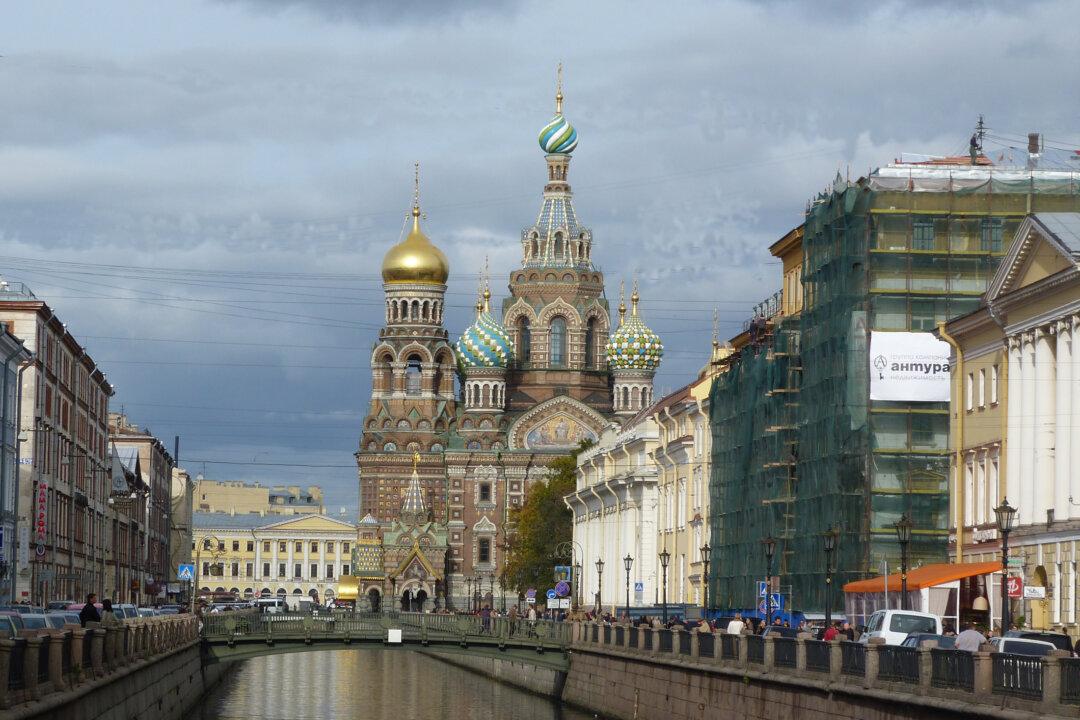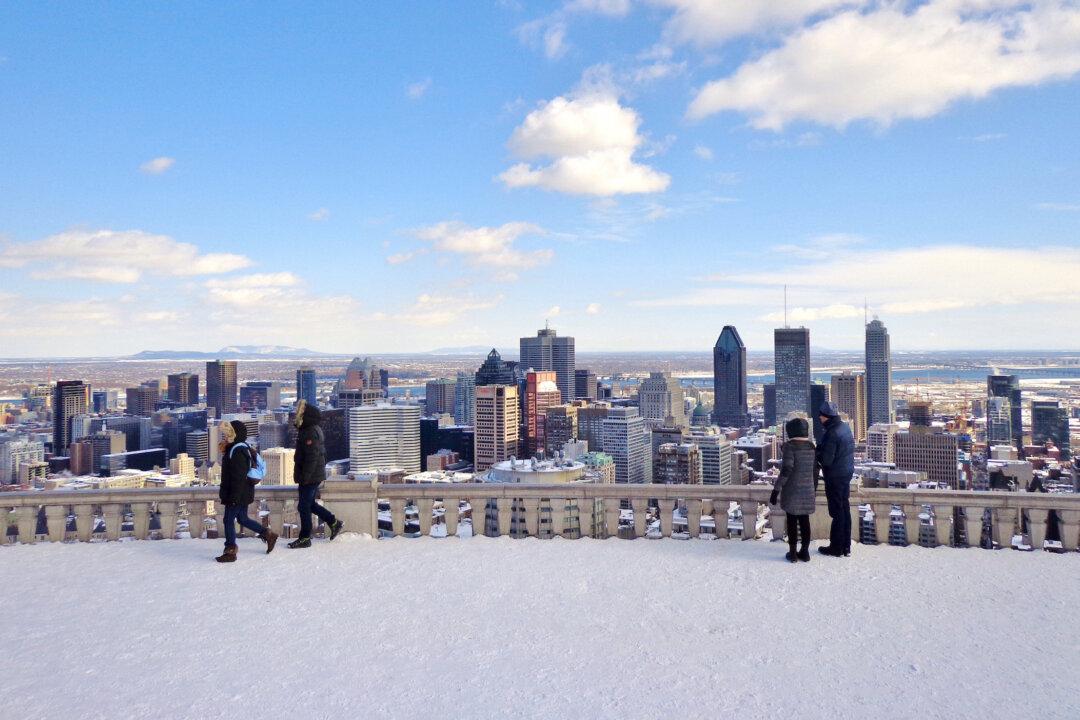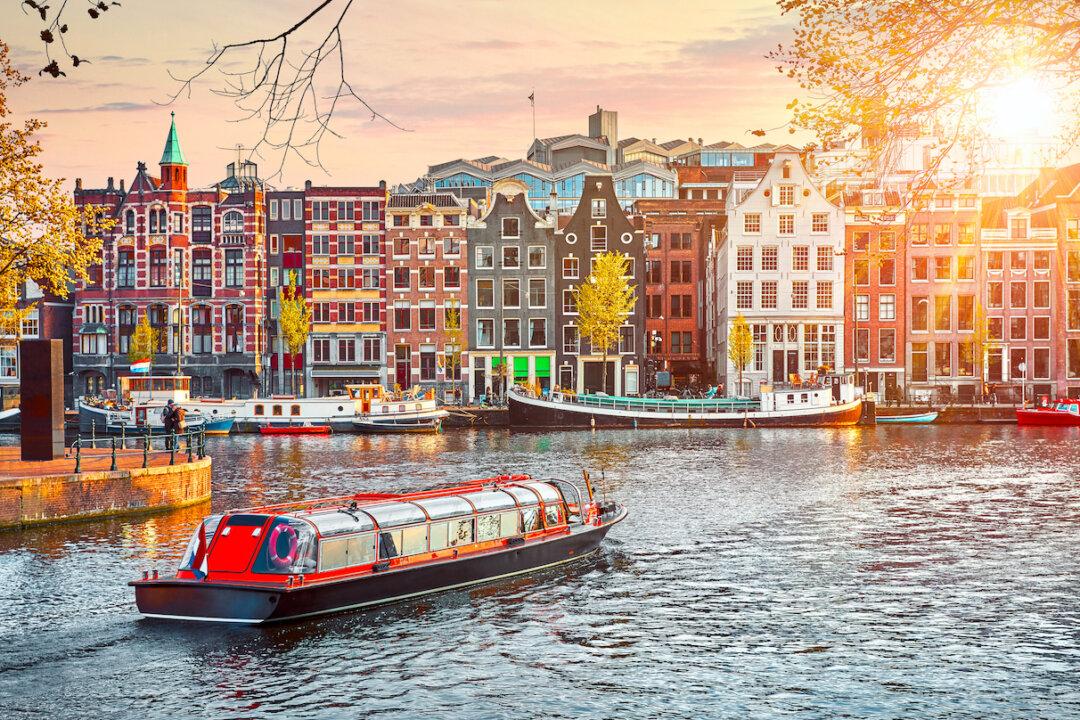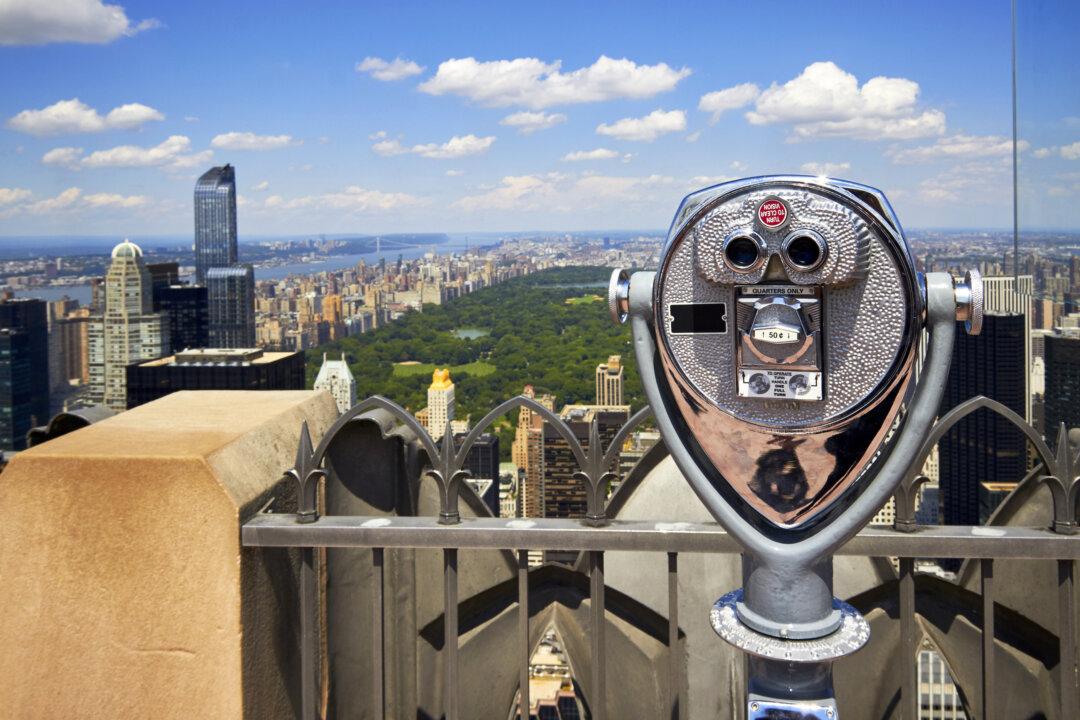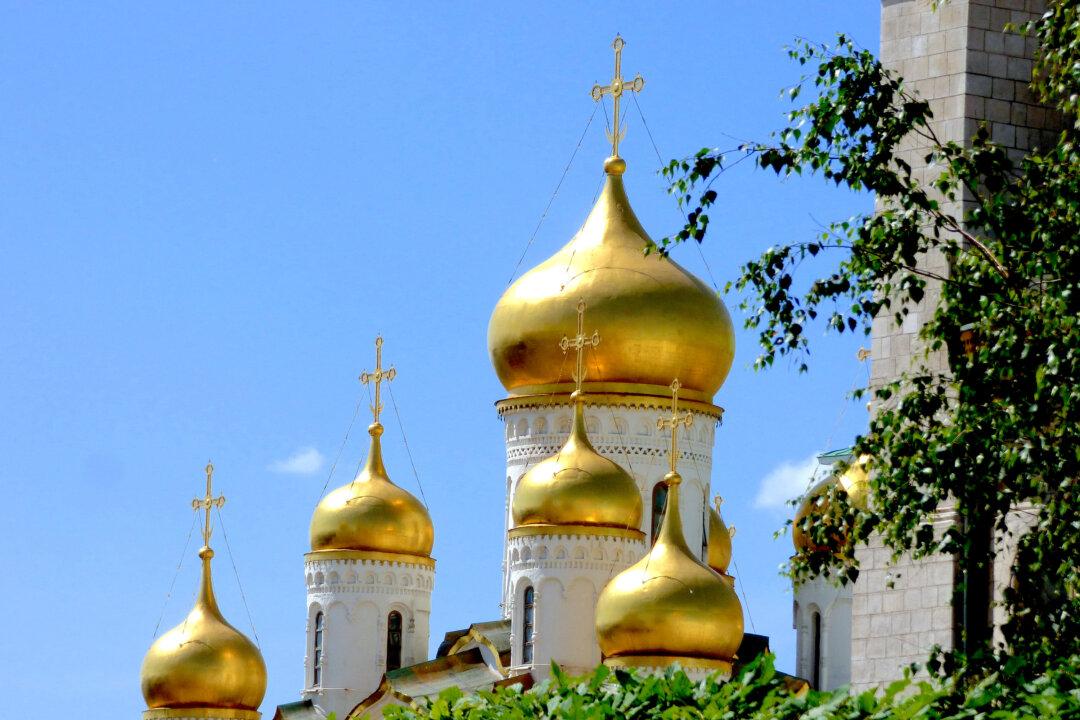St. Petersburg is a city awash in color. Pastel buildings sparkle under a clear blue sky peppered with billowing clouds—the same sky you see painted on the ceilings of palaces, dramatized by heroic, angelic, religious, or political figures.
St. Petersburg was designed by Peter the Great (circa 1713) to be his Imperial capital. Peter’s determination to raise Russia out of its cultural isolation and into the light of the modern world was the driving force behind his reign and set the stage for the flowering of St Petersburg under Empress Elizabeth I, Peter’s ebullient daughter.
The Winter Palace was visualized by Elizabeth as her crowning glory. Unfortunately, she did not live to occupy the magnificent building and it fell to Catherine the Great to be the first monarch to abide in the turquoise-coloured palace at the water’s edge. Catherine’s 34-year reign was St. Petersburg’s golden age of art and science.
Catherine sent emissaries to scour Europe for paintings and decorative arts, and built the Little Hermitage next to the Winter Palace to accommodate her initial purchase of 225 Dutch and Flemish paintings. As Catherine’s wealth and power grew, so did her art collection. The New Hermitage was added to house her collection, which had grown to 4,000 paintings by the time of her death in 1796.

